15 Garden Trends To Avoid in 2024: Experts Warn Against These Outdated Designs
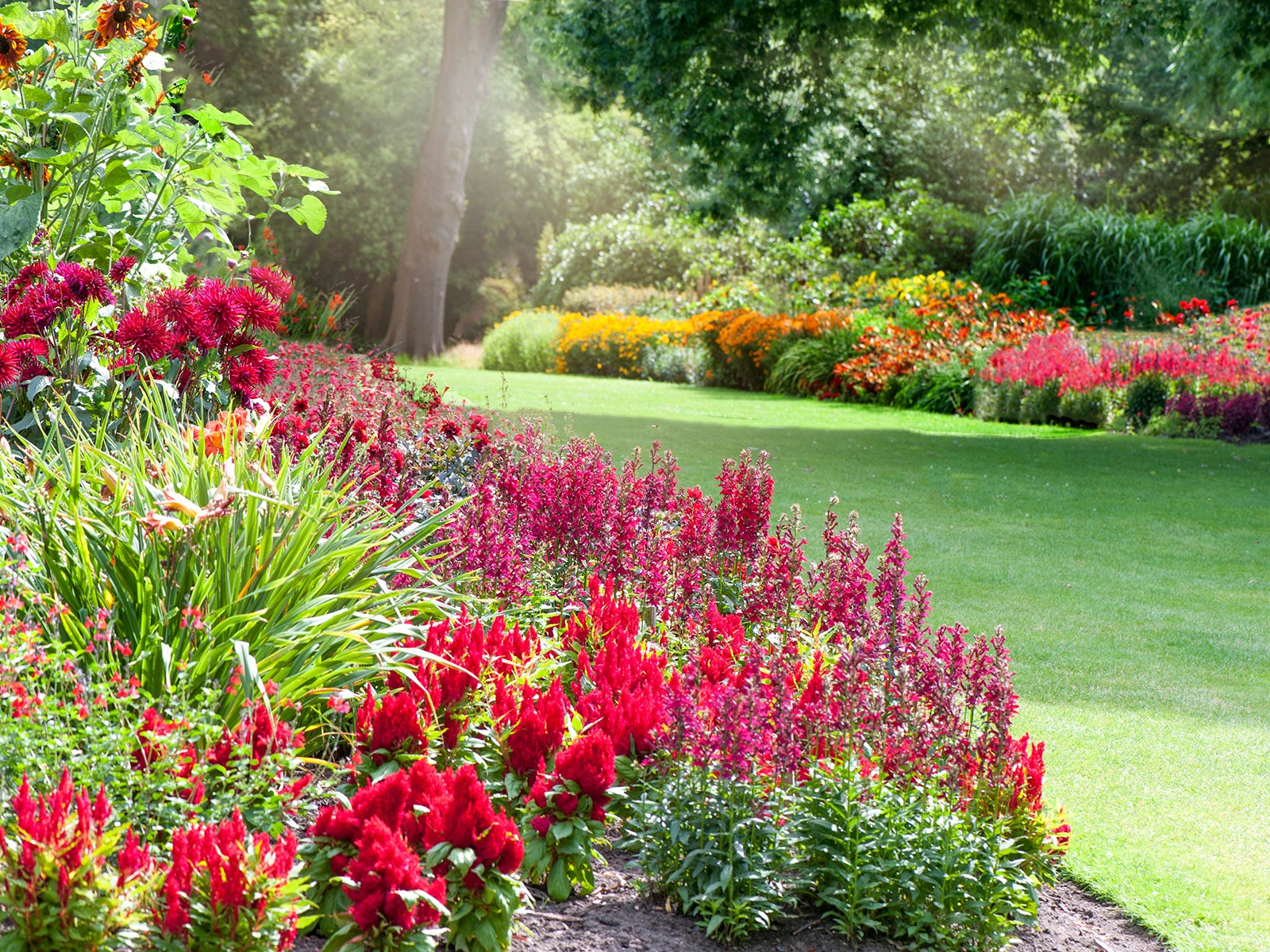

As with all areas of design, garden trends come and go. Some fads are short lived, while more enduring trends can last for years, or regularly be recycled.
Taste is subjective – so if you have already managed to design your dream garden, then don't worry about it looking outdated. However, allowing your garden design to evolve is about more than just following changing fashions.
‘For everything, there is a season; and the time is upon us to rethink how and why we garden,’ says Chuck Pavlich, director of new product development at Terra Nova Nurseries. ‘Just like with anything in our lives, we should avoid being stuck in a rut and embrace change.’
In the fashion and interiors industries, the notion of discarding old styles can be highly unsustainable. However, in the gardening world it is often a fresh perspective on sustainable best practice and thoughtful design that causes new trends to emerge.
‘If one can positively impact the way gardens are planned and used, we all win,’ says Chuck. ‘Selecting pretty flowers seems easy and obvious, but planning a garden based on purpose and progressive shifts sets it apart.’
We asked gardening experts to share the outdated trends that should be retired in 2024 – and what you can do instead.

1. Large manicured lawns
Lawn care is set to get a lot easier in 2024. ‘The magic surrounding the perfectly manicured, geometrically precise lawn has faded,’ says Tom Su, landscaping expert and owner of Lawn Edging.
Sign up for the Gardening Know How newsletter today and receive a free copy of our e-book "How to Grow Delicious Tomatoes".
‘They need continuous watering, regular trimming, and lots of chemicals to ensure they remain perfect. This contributes to excessive use of water and chemical runoff.’
Many gardeners are instead opting to replace some or all of their grass with a white clover lawn or other low-growing plants.
‘This replaces the need for mowing as they naturally grow short,' says Sofia Fantauzzo, gardening expert at plant care app PlantIn.
‘Clover isn't as high maintenance when it comes to water needs, which can be helpful in areas of drought. It also flowers, which draws bees, butterflies, and other much-needed pollinators into your garden. In more arid areas, xeriscaping is preferred.'
2. Borders packed with annual bedding plants
Annual bedding plants are becoming less popular as gardeners move towards perennial garden plants that come back year after year. This reduces cost, labor, and empty beds for part of the year.
‘Rather than seeing entire beds full of annuals, we are now seeing beds with a feature tree, shrub, or perennials, with annuals added in for color,’ says Mary Jane Duford, a master gardener and founder of Home for the Harvest.
‘Annuals are better used to fill in empty spaces in the garden while perennials are young and do not yet fill their mature footprint.’
3. Single-use outdoor spaces
Much like the main living areas in our homes have become multitasking open-concept spaces, the garden has evolved too.
‘Gone are the days when a garden was just for looks or just for a vegetable plot,’ says Bryan Clayton, CEO of GreenPal. ‘The trend now is towards multi-functional spaces that blend aesthetics with utility – like a combined area for relaxation and home-grown produce.’
Consider how to make your garden design both beautiful and productive, and how these functions can work alongside each other, rather than being completely separate. For example, ornamental edibles are a great way of making a vegetable plot more beautiful.
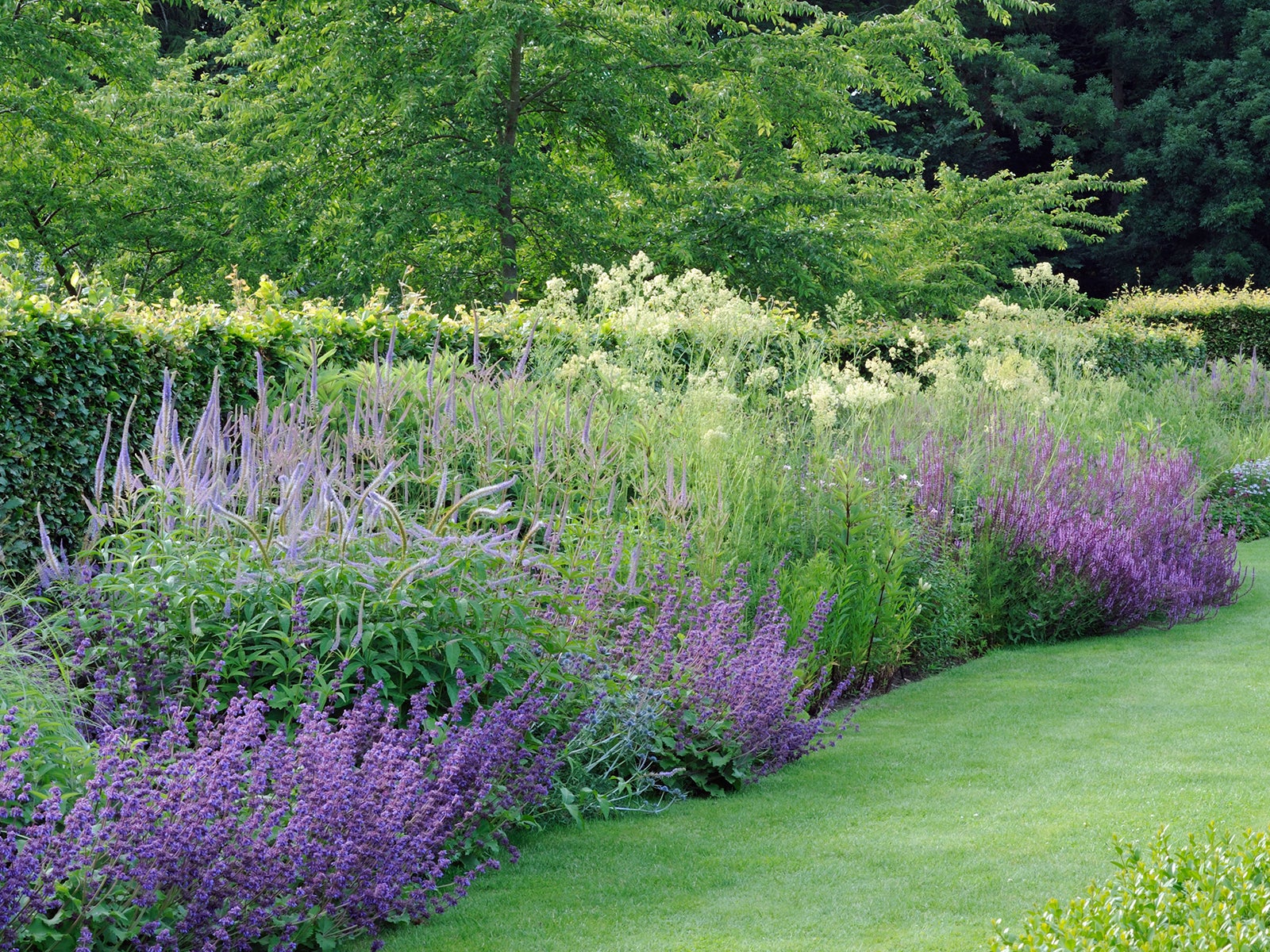
4. Monochrome palettes
‘Monochrome gardens will lose their popularity in 2024,’ says Chuck Pavlich. ‘Instead, we will see lots of contrasting and complementary color pops in the garden.’
When combining different colors, it’s best to use the color wheel for reference. Combine colors that are opposite each other – such as purple and yellow – for a contrast. Or use colors next to each other for a more subtle impact, such as red, yellow, and orange. The effect will be much more elegant than using a riot of color.
5. Invasive ornamental plants
While fast-growing invasive ornamental plants may offer quick results, they can soon become aggressive, taking over your garden and impacting negatively on other plants.
‘Many popular garden plants are planted without much thought for the environment aside from the aesthetics. Unfortunately, many trendy plants are invasive in lots of areas they are planted,’ says Sofia Fantauzzo.
‘Planting invasives can crowd out native plants and affect the whole ecosystem, including animals. Going forward, the trend will be to plant natives that are gorgeous and won’t displace important parts of local ecosystems.’
6. Designs that fight the natural landscape
You may not have been blessed with the landscape you want, but it’s almost always better to work with it rather than against it. Doing so will save time, energy, and money, and lower your impact on the environment.
‘We are increasingly seeing people utilize and enhance their natural landscape instead of working to make their landscape into something it is not,’ says Autumn Hilliard-Knapp, horticulture specialist at Perfect Plants Nursery.
‘For example, we believe we will start to see an uptake in creating focal point waterways for drainage in yards, as opposed to trying to change yards to not deal with water.'
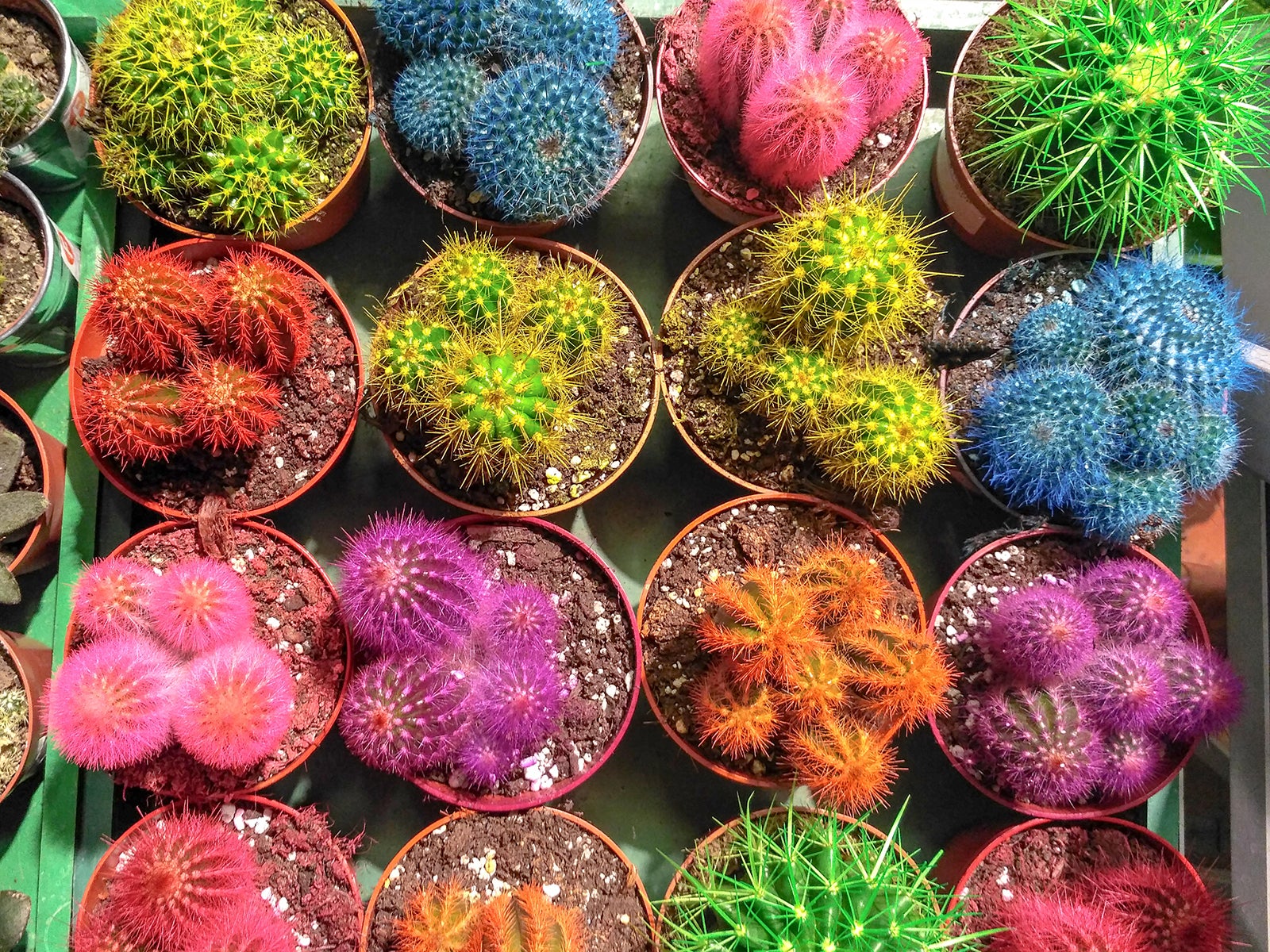
7. Painted succulents
In an array of vibrant colors, painted succulents may catch your eye at the nursery, but they are a trend that should be avoided.
‘Spray-painted cacti and succulents should have never been a trend. It is a tacky design that takes away from the natural coloration of the plant and drastically hinders its ability to survive,’ says Sofia Fantauzzo.
‘Plants need to photosynthesize and can do so through all green parts, so when they’re coated in a substance such as paint, it is a death sentence.
‘There are plenty of color options for plants. Some plants, like many succulents, even change their color when given enough sun. Opt for these natural beauties and don’t support unnaturally painted plants.’
8. Excessive hardscaping
With many people seeking lower-maintenance gardens, a lot of emphasis has been placed on heavily hardscaped gardens in recent years.
‘While hardscaping can add structure to your garden, too much of it can overpower the natural beauty, says Bryan Clayton.
‘I’ve experimented with balanced landscaping, and it’s clear that integrating softer elements like shrubs and flowering plants creates a more inviting space.’
Too much hardscaping can also cause issues with excessive water runoff in the garden, which can potentially erode soil, saturate grass, and even cause flooding.
Make sure your landscaping scheme has a balanced amount of hard and soft landscaping.
9. Exotic plants
While some exotic plants may be attractive, they often fail to thrive in non-native environments.
‘Such plants will need more water and perhaps a different type of soil, or they might require increased attention to be able to thrive,’ says Tom Su. ‘For instance, certain alien species pose a greater risk as they may turn into weeds, taking over indigenous varieties in ecological environment disruption.’
Instead, prioritize native plants in your garden. ‘Since these plants originated from a particular place they are adaptable to the existing environmental condition. This means they will require the least attention to do well compared to imported exotic plants,’ says Tom.
‘These plants use less water and are less affected by common insects and diseases of their surrounding areas. Moreover, native plants offer food, shelter, nesting materials, and other important needs that enable the local wildlife to thrive, improving overall ecological balance.’
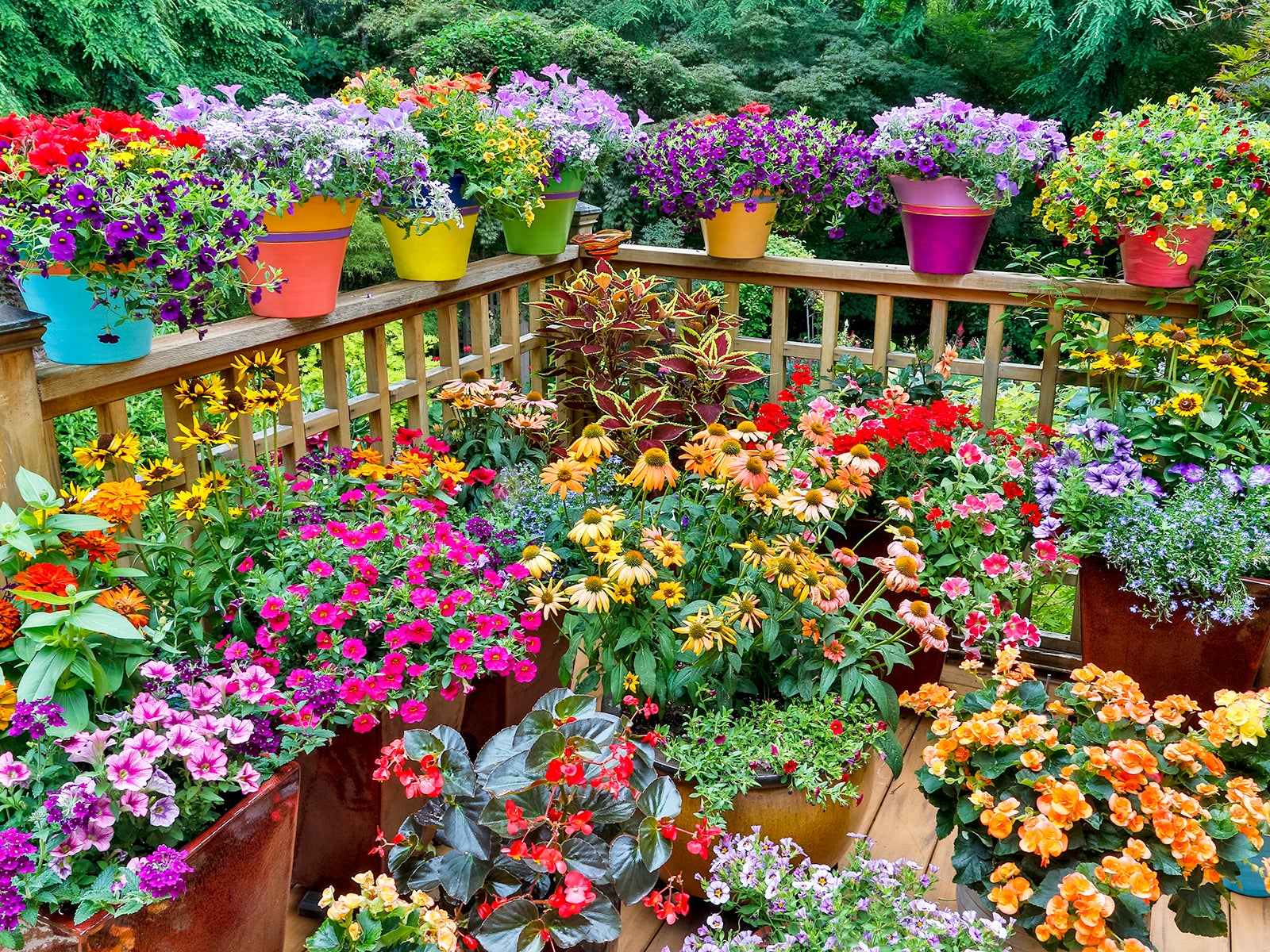
10. Too many pots
Container gardening offers so much versatility, enabling gardeners to display plants in hardscaped areas and experiment with different soil types. However, too many garden pots can make a garden look cluttered.
They are also not always very eco-friendly as lots of small pots place high demands on watering. Tom Su has particular contempt for mass-manufactured terracotta pots.
‘Overuse of cookie-cutter terracotta pots or uniform planters can make your garden look common,’ he says. ‘Try mixing it up with unique, recycled, or handcrafted containers.’
In general, fewer bigger pots are always a better choice than lots of small containers.
11. Rigid symmetry
Symmetry is often considered a central element of good design, as it imparts a sense of balance and harmony. However, even in formal gardens the trend is now moving more towards more natural, asymmetrical designs.
‘The desire for perfect symmetry in garden layouts is disappearing,’ says Tom Su. ‘It is expensive, hard, and time-consuming as it requires much care and precise planting.'
Instead opt for gardens that are more natural and slightly wild-looking. 'It’s much more popular now to go for an asymmetrical look, with plants of different heights and types,’ adds Tom.
12. Overuse of chemicals
‘Home use of chemical fertilizers and synthetic pesticides is trending down. This is due to the increased awareness of the environmental hazards of these products and the growing interest in organic and sustainable gardening practices,’ says Mary Jane Duford.
‘While most gardeners are not militantly organic about the products they buy, many are willing to try a natural solution before purchasing a synthetic product. This is especially true for gardeners with kids or pets.'
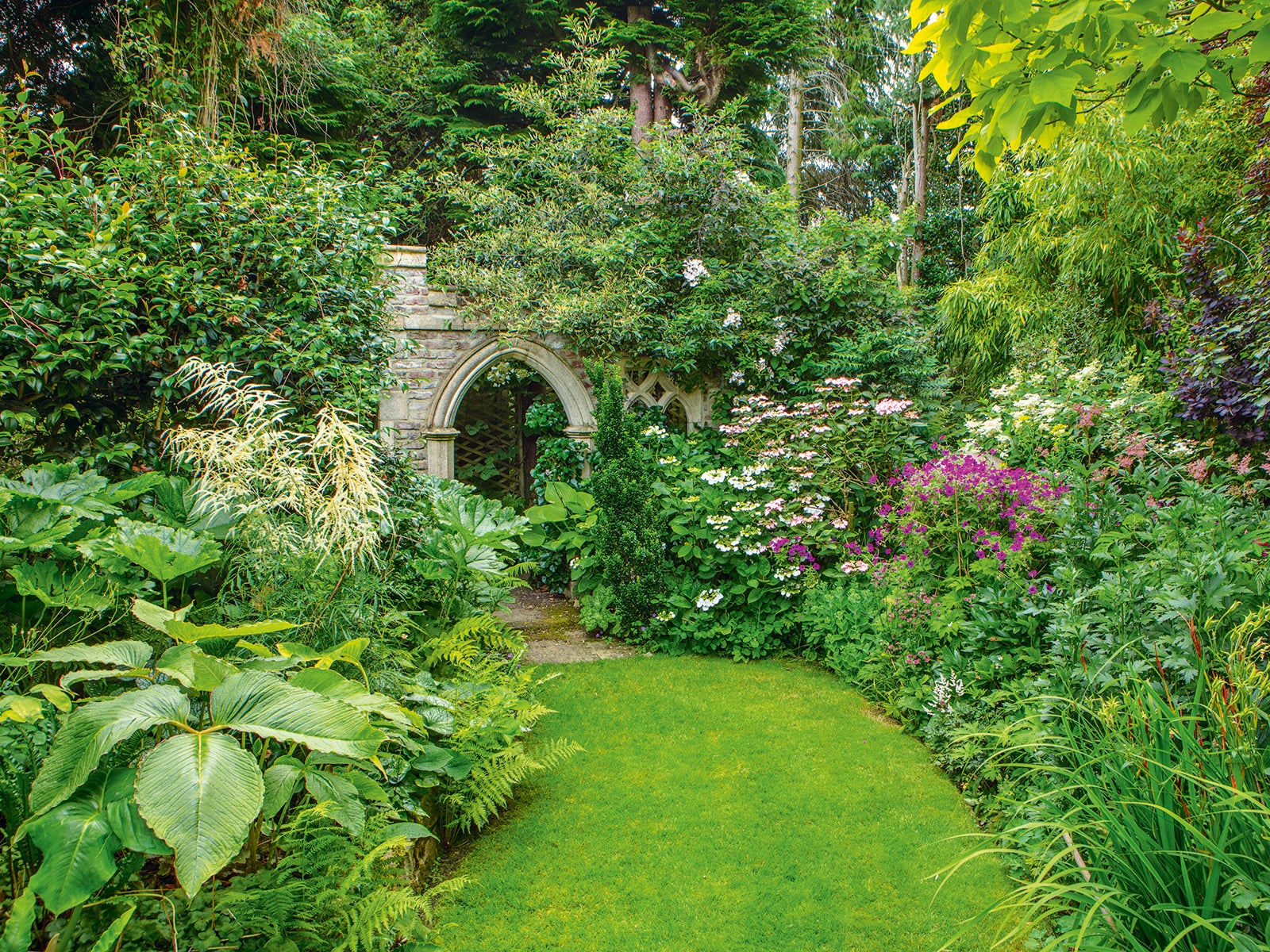
13. Over-the-top themed gardens
If you’ve been thinking about turning your yard into a tiki garden, Buddha shrine, or gothic masterpiece, then reconsider.
‘Themed gardens can be fun but they quickly go out of style,’ says Tom Su. ‘Also, a few themes can be hard to update – such as turning your backyard into a mini tropical paradise or a zen garden.’
To be successful, a garden theme should feel natural to its surrounding environment. An incongruous style only leads to waste when design elements are ripped out and discarded in a few years time.
If you want to have fun with a theme, then make a gentle nod rather than going over the top.
14. Flagstone paving
‘One of the most recent things we are seeing is flagstone paving going out of style,’ says Tom Smith, owner of Desert Landscape Design and Development.
‘Many people are switching to travertine, which leads to more linear designs as it is cut into square pieces. They are going away from the free-flow-style paving designs of the past and are looking for a cleaner linear look for their outdoor areas.’
An advantage of a more minimalist garden design is that it allows the plants to take center stage, providing the foil for a natural scheme filled with flowers.
15. Electronic composting
With claims it can turn scraps into compost in just a few hours, electronic composting sounds like a great idea. Unfortunately, however, the machines don't live up to the hype.
‘In the race to combat the environmental toll of food waste, electric composters have emerged as sleek, tech-savvy contenders. However, a deeper look reveals that these countertop gadgets are not the green solution they claim to be,’ says Lauren Click from Lets Go Compost.
‘While the sleek design and promise of hassle-free composting might make electric composters appealing, a closer look reveals a hidden layer of environmental concerns. These gadgets are often made primarily of plastic, and contribute to increased electricity usage.
‘In addition, the heart of composting lies in the microbial magic that transforms waste into nutrient-rich soil. Unfortunately, electric composters fall short in this crucial aspect. The heating and grinding process employed by these gadgets actually eliminate essential microbes.’
Stick to a good old-fashioned compost bin, and let nature run its course.

Melanie is an experienced gardener and has worked in homes and gardens media for over 20 years. She previously served as Editor on Period Living magazine, and worked for Homes & Gardens, Gardening Etc, Real Homes, and Homebuilding & Renovating. Melanie has spent the last few years transforming her own garden, which is constantly evolving as a work in progress. She is also a passionate organic home grower, having experimented with almost every type of vegetable at some point. In her home, Melanie tends to an extensive houseplant collection and is particularly fond of orchids.